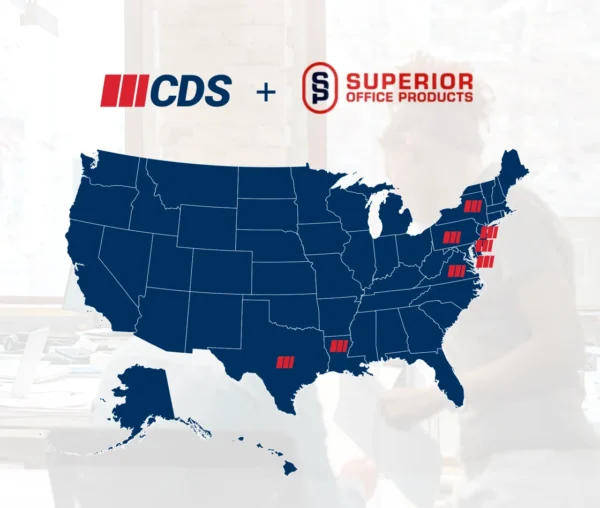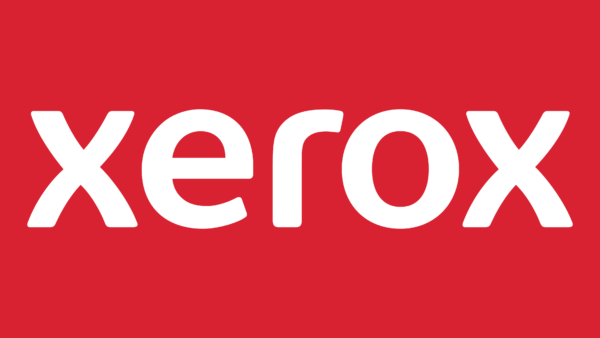Production inkjet is changing the world of book publishing and printing.
Digital technologies are changing every aspect of the printing industry, but perhaps none so quickly as in book publishing and printing where the benefits of digital printing are widely accepted. After all, digital production printing has been in the market since the 1990 launch of the Xerox DocuTech, some 30 years ago. Back then, we were able to print relatively high-quality black and white (B&W) content at 135 pages per minute; and for many applications, such as technical documentation, the DocuTech and its successors virtually killed the B&W offset world.
Technical documentation was an especially attractive application for digital printing because of the need to get products to market quickly in the world of high tech. Plus, when documentation was printed in large quantities, it presented problems when modifications were made to the product—often the case— or when the product didn’t do as well as expected. All of this resulted in significant waste. Printing documentation on demand was an excellent solution and quickly adopted by high-tech and other companies that could benefit from these capabilities.
Fast forward 30 years and much has changed. What has not changed is the benefit digital printing brings to the market—faster cycle times, short cost-effective production runs, the ability to distribute and print closer to the point of need, reduction of inventory risk, and more. It also can provide a more efficient supply chain for publishers, a benefit many have been working toward—and because of supply chain weaknesses revealed by the COVID-19 pandemic, companies will be looking at even more closely.
One thing that has been added over the years, though, is more speed. Production inkjet presses can print up to 1,000 feet per minute, accommodating volumes of more than 20 million images per month. They can also add color at a relatively small incremental cost as compared to offset. This is due to eliminating the need to create a separate printing plate for each color, as well as virtually no waste since a production inkjet press doesn’t have to “come up to color” in the same way an offset press does. Plus, these presses are often capable of delivering consistent color across the run and throughout the entire job. Job changeover is accomplished by merely sending a new file, as long as the substrate is the same for each job.
These factors provide huge benefits to book publishing and printing. Let’s start by taking a look at book publishing.
Book Publishing
The book market is divided by content, and each has its own specific requirements. These include:
- Trade Publishing. A trade book is a hardcover or paperback sold to the public through booksellers. According to 2018 data published by reedsy.com, a network of publishing professionals that have helped produce more than 10,000 books, the Big 5 account for nearly $34 billion in annual revenues. These include Hachette Book Group, HarperCollins, Macmillan Publishers, Penguin Random House, and Simon & Schuster. It should be noted that ViacomCBS, the parent company of Simon & Schuster, has put the publisher on the block as reported in The New York Times on March 4, 2020, so we may see a “Big 4” in the not too distant future should one of the larger publishers choose to pick up the asset.
- Educational Publishers. There is also a Big 5 in educational publishing, according to the same source (reedsy.com): McGraw-Hill Education, Houghton Mifflin Harcourt, Pearson Education, Scholastic, and Cengage Learning. These companies combined generate $7.3 billion in annual revenues.
- Other Publishers. These publishers round out the Top 20 global publishers: Springer Nature, John Wiley & Sons, Oxford University Press, Kodansha, Shueisha, Grupo Santillana, Bonnier Books, Editis, Klett, and Egmont Books. Together, they represent just over $10 billion in annual revenues, according to reedsy.com.
Altogether, these companies comprise an estimated $50 billion in revenues in Europe and North America alone. According to, I.T. Strategies, a consultancy serving the digital print vendor community, a production inkjet printing represents a rapidly growing share of the market. Where the firm reported 8% of all book pages were printed with inkjet in 2018, that percentage is projected to skyrocket to 18% by 2025. This is due to greater efficiencies, shorter production runs, and perhaps most importantly, growing acceptance of inkjet printing by publishers in terms of digital printing of books.
Publishers are also slowly coming around to the benefits of adding more color to books. This is likely more applicable to educational and academic publishers than to trade publishers. Some estimates we have seen put color and B&W book pages at about a 50/50 split by 2023.
Another shift—you could almost say a seismic shift—in the world of publishing, accelerated in part by the increased use of digital printing for books, is the skyrocketing number of self-published books. According to a 2019 Bowker’s annual survey of the self-publishing market, the number of self-published books jumped 40% in 2018. (Bowker’s is the primary source of ISBN numbers and measures the size of the market based on the number of ISBNs registered.) This does not include all the self-published eBooks, since some of them carry a publisher identifier such as Amazon rather than an ISBN. According to that data, there were 1.4 million self-published titles in 2018, up from just under a million in 2017. These self-published books could fall into any of the industry’s categories, but most likely fall into the trade category.
This transformation to more digital printing is especially important to the publishing eco-system since historically, according to a variety of research we have seen over the years, the book publishing supply chain had as much as 40% waste built-in. Think about all those discounted books you see in bookstores, marked down because the original printing didn’t sell. What you don’t see are all the books that are returned to publishers and end up being destroyed or those that never leave the warehouse. By accelerating adoption of digital printing, publishers can significantly reduce supply chain waste and minimize costs. Of course, many books will still be printed on offset—consider the rash of political books that have been published in the last few years, some of which are best sellers well before they are available, or the book publishing classic success story of Harry Potter.
While offset remains at the core of the book industry, publishers can use digital printing for pre-publication copies, to test market a book, and to print lesser quantities at the end of a title’s life cycle. Employing digital printing can eliminate the need for publishers to wait for enough orders to justify a reprinting—and improve revenue streams for older titles.
Book printers who understand all of these dynamics are the ones that will be the most successful as the industry continues to evolve.
Book Printing
Book printers and the equipment vendors that support them have worked hard to educate publishers on the benefit of switching to inkjet printing for at least some of their portfolio. This process began with toner-based printing as much as 30 years ago, and with the availability of production inkjet printers in the last decade or so, has accelerated even more, for all the reasons cited above.
While a production inkjet press is not a trivial investment, one press can replace several toner-based devices and often replace offset presses. The higher volume printers primarily use roll-fed presses. Many of them already had logistics in place for handling paper rolls because they were using web offset presses or roll-fed toner-based presses.
But there are also sheetfed inkjet presses available that can be more convenient for smaller sheetfed printers who want to add inkjet to the mix but don’t want the hassle of dealing with storing, managing, and changing rolls. Another advantage of sheetfed inkjet is the ability to load multiple paper stocks into trays, making job change-over much easier when different paper stocks are needed.
Even sheetfed production inkjet presses can be pricey, but they can also deliver a fast return on investment (ROI). One company we recently spoke with is a great example of a smaller organization that made the leap to sheetfed production inkjet, even though it was a leap of faith for them. At 107 years old, Our Sunday Visitor, a leading Catholic publishing organization, continues to reinvent itself. It is a self-owned, non-profit company that serves 8 to 10 million people and facilitates the flow of $2.5 to $3.5 billion into the Church annually through its production of offering envelopes. The company also produces trade books, periodicals, pamphlets, religious education curriculum, and fundraising materials.
CEO Kyle Hamilton told us that the organization admittedly took a risk by investing in a sheetfed inkjet press since by all metrics, the organization didn’t have sufficient volume to justify one. However, it enabled them to bring work back in house that was being outsourced, giving them more control over the production cycle, reducing inventories, freeing up space, and enabling new applications. Hamilton was also able to retire four toner machines. He points out that while books were a key driver in the acquisition of the press, production doesn’t need to be limited to books. All in all, he found the economics to be attractive even with lower volumes.
Other larger book printers are installing both roll-fed and sheetfed inkjet presses for more flexibility.
The Future of Book Printing
Production inkjet printing has changed the book printing landscape and will continue to do so for the foreseeable future. Both existing book printers, and others looking to get into the business or add books to their application mix are well served by adding production inkjet to augment offset printing, replace older toner devices, or even start new businesses. While offset is not going away, at least not in the foreseeable future, we believe we will see an inexorable trend toward more digitally printed books—and production inkjet will be the driving force behind that transformation.
Access Related Content
Visit the www.thecannatareport.com. To become a subscriber, visit www.thecannatareport.com/register or contact cjcannata@cannatareport.com directly. Bulk subscription rates are also available.



